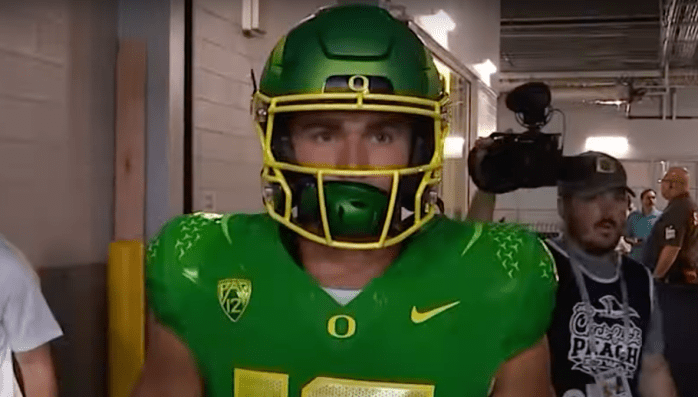By Tom Momberg
Benjamin Bederson, 93, an Army veteran and experiential atomic physicist on the Manhattan Project, is one veteran many might not usually think about on Veterans Day.
But as the United States takes a day to pay tribute to its veterans, it is important to also recognize the impact major events in past wars have had on them and how they put the country in the position it is today.
As part of its Presidential Lecture Series, Queensborough Community College hosted a lecture by Bederson, who stressed how significant of an impact his unit in World War II has on Americans today.
As Veterans Day approached, Bederson left some food for thought—about how much influence World War II and its consequences have had on the United States and the world today, as well as how different war and its public perception are in recent history as opposed to the first and second World Wars.
Bederson shared stories from his days working on the top secret project, both on the uranium bomb that was dropped on the Japanese city of Hiroshima on Aug. 6, 1945, and on the plutonium bomb that was dropped three days later on Nagasaki, forcing the Japanese surrender and ending World War II.
Speaking to a room full of students and faculty, Bederson noted that when he was a student 70 years ago he looked back one generation to World War I as ancient history.
“I didn’t believe it had any direct impact on me, but of course my life and everybody else’s life were very importantly affected by World War I,” Bederson said.
Now three generations after Bederson’s days studying in college before he was drafted into the Army, he recognized “the impact on us today from World War II is equally important. It’s really relevant to what’s going on today.”
There were three principal units of the Manhattan Project, which was in the early stages when the United States entered the war after the bombing of Pearl Harbor on Dec. 7, 1941 by the Japanese.
In Hanford, Wash., scientists and researchers were manufacturing uranium and plutonium.
In Oak Ridge, Tenn., chemists worked on the first and more primitive uranium atomic bomb, which was ultimately deployed by a B-29 bomber on Hiroshima.
In Los Alamos, N.M., physicists were developing the more advanced compression model of nuclear fission using the man-made element plutonium, resulting in the bomb that was dropped on Nagasaki after Hiroshima.
After serving for a short time in the Army and with just a basic understanding of physics, Bederson was sent to work in Oak Ridge and later to Los Alamos, where he helped design switches on several conventional chemical explosives surrounding a plutonic spherical core that had to be synced up to a single detonator.
When it came time to teach B-29 Air Force pilots how to arm the bomb and how to prevent it from going off prematurely, Bederson said he was discharged. The U.S. Armed Forces will not let a private instruct officers, so they had him do so as a civilian and he was rehired as a physicist under contract.
Bederson, a Bronx native, said he was amazed at the work that went into the Manhattan Project. Even though each unit was shrouded in secrecy, it took thousands and thousands of individuals to pull it off.
“It’s important to note that in 1944 and 1945, when Los Alamos was in its heyday, almost without exception, every single person in the United States approved of what was happening,” Bederson said. “When the bomb was dropped, there was almost universal approval that it was the right thing to do. And it had to do with the fact that there was a unified opinion. Every American believed in the war and that helped to create the Manhattan Project… today is very different. Today we are dealing with a country that is divided just about equally. We cannot say that today, which I think is very sad.”
After the war, Bederson finished his doctorate in atomic, molecular and optical physics at New York University before he went on to become a experiential physicists and later returned to NYU to teach. Decades later, he began talking about his Army and civilian career on the Manhattan Project, teaching a college course he crafted titled “Physics in Society.”
Reach reporter Tom Momberg by e-mail at tmomb






























